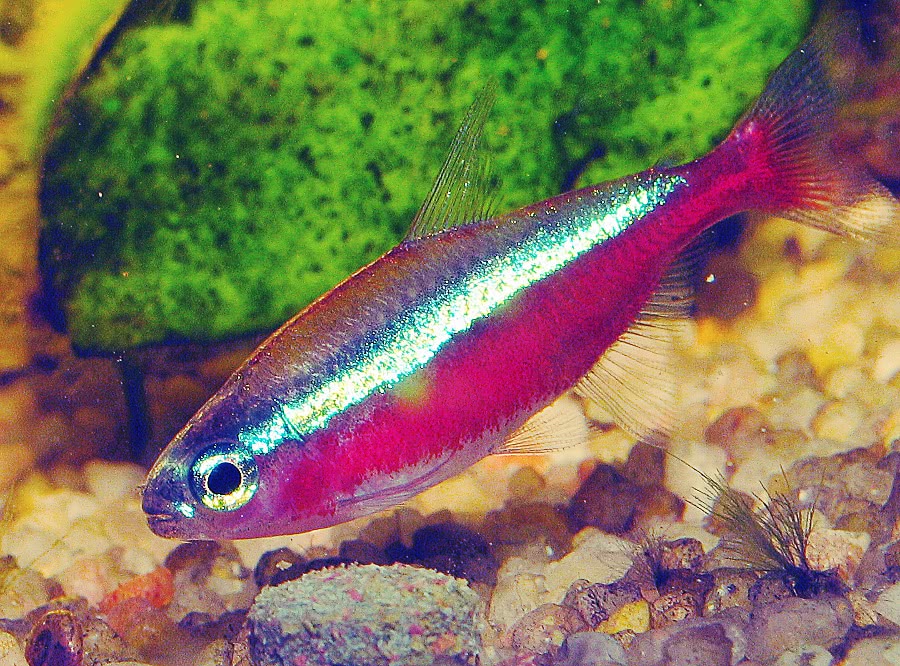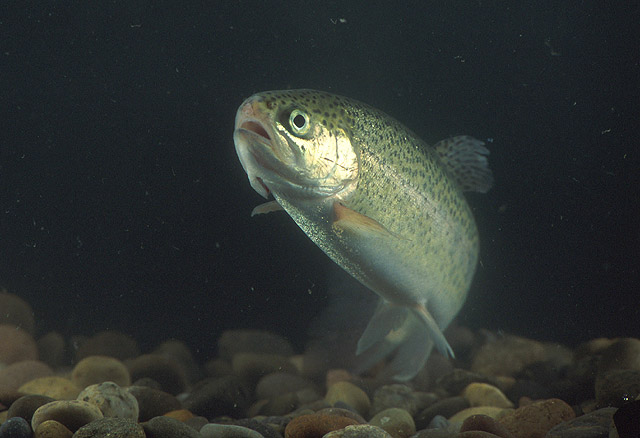
RESEARCH
Research Overview
Our research integrates biogeochemistry, physiology and toxicology into a comprehensive framework aimed at unravelling the processes controlling the interactions of trace metals (e.g. copper, nickel and zinc) with aquatic organisms, at the molecular, organismal and ecosystem levels. A main research focus is the characterization of the effects of environmental conditions (e.g. salinity, temperature, pH) on metal bioaccumulation and toxicity in organisms. Ultimately, our work aims at developing mechanistic knowledge and tools to adequately manage metal environmental risk under various natural conditions. Currently, we focus on three research themes articulated around an integrative approach bridging environmental chemistry and toxicology:
Water sampling at lake Français, Qc, Canada
(1) Characterizing metal speciation in natural waters
Metal bioavailability to aquatic organisms is related to its chemical speciation in the exposure water, and notably to the concentration of free (i.e. uncomplexed) metal ion, which varies with the water physicochemistry (e.g. pH). One of our goals is to contribute to the development of analytical techniques to determine metal chemical speciation in various aquatic environments (e.g. in estuaries and sediments). These techniques are essential to adequately evaluate the environmental risk of metals in natural waters.
The Biotic Ligand Model, or how water chemistry can influence metal bioavailability
(2) Characterizing the factors affecting metal bioaccumulation and toxicity
Exploring the influence of abiotic (e.g. water pH, temperature, calcium, chloride concentrations, mixture of contaminants) and biotic (e.g. organism life stage) factors on metal uptake and toxicity in aquatic organisms is a central component of our research. In the lab, we perform metal bioaccumulation and toxicity tests under various conditions. A current project is on the effects of dissolved organic matter on metal toxicity in the Amazonian river basin (Brazil). The ultimate goal is to provide new knowledge and better understanding of the processes controlling metal interactions with organisms, and ultimately to develop new models for predicting metal toxicity in various aquatic environments (e.g. Biotic Ligand Models).
Zinc distribution in a snail foot, obtained by Synchrotron X-ray Fluorescence Spectroscopy
(3) Exploring metal biological fate
Another research component is the exploration of the biological fate of metals, within the organisms. Metal internal partitioning and speciation at various levels of biological organization can be revealed using various analytical techniques (e.g. subcellular fractionation, synchrotron X-ray spectroscopy). The data obtained can offer important insights into organismal metal-handling strategies and into the metal toxicity mechanisms.
Study Organisms
We work on freshwater and marine organisms of diverse trophic levels and aquatic habitats. This includes phytoplankton, mollusks, crustaceans, and fish. Below are example of species previously used in the lab (from top left to bottom right): the green alga chlamydomonas reinhardtii, the marine bivalve tellina deltoidalis, the great pond snail Lymnaea stagnalis, the European green crab Carcinus maenas, the cardinal tetra paracheirodon axelrodi, the rainbow trout Oncorhynchus mykiss.
Research Equipment & Facilities
INRS-ETE, Québec City
Our lab is located at the Centre Eau Terre et Environnement of the Institut National de la Recherche Scientifique (INRS-ETE) in Québec City (QC, Canada). At INRS-ETE, we have access to state-of-the-art equipment for conducting environmental analyses on water, sediment and biological samples. We also have a lab for housing and conducting experiments on various aquatic organisms. Finally, the beautiful province of Québec has a diverse range of freshwater, estuaries and marine habitats, making it an ideal location to study environmental issues in aquatic ecosystems.
Funding
This research program is supported by the Natural Sciences and Engineering Research Council of Canada, the Fonds de Recherche du Québec, and INRS-ETE.









